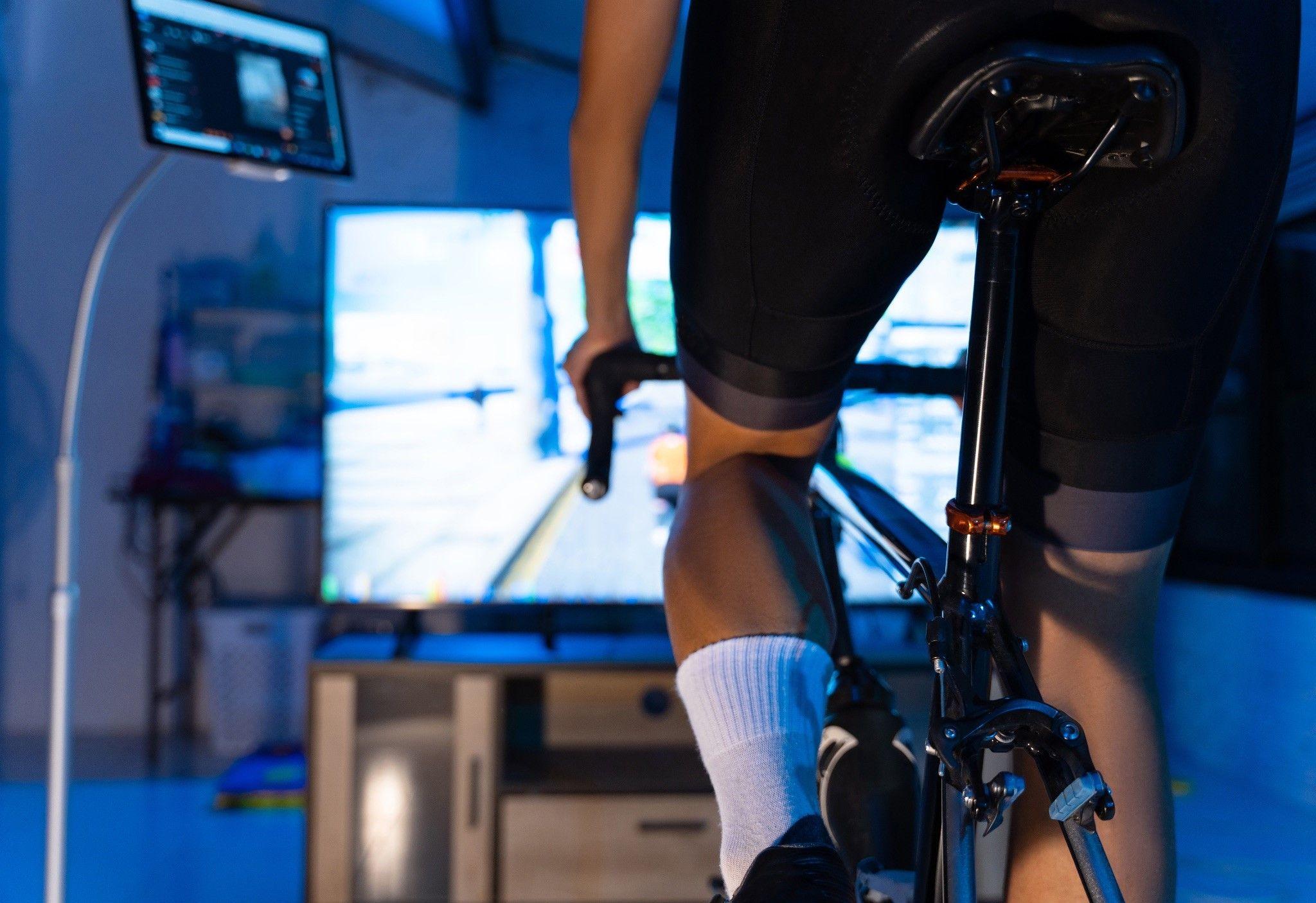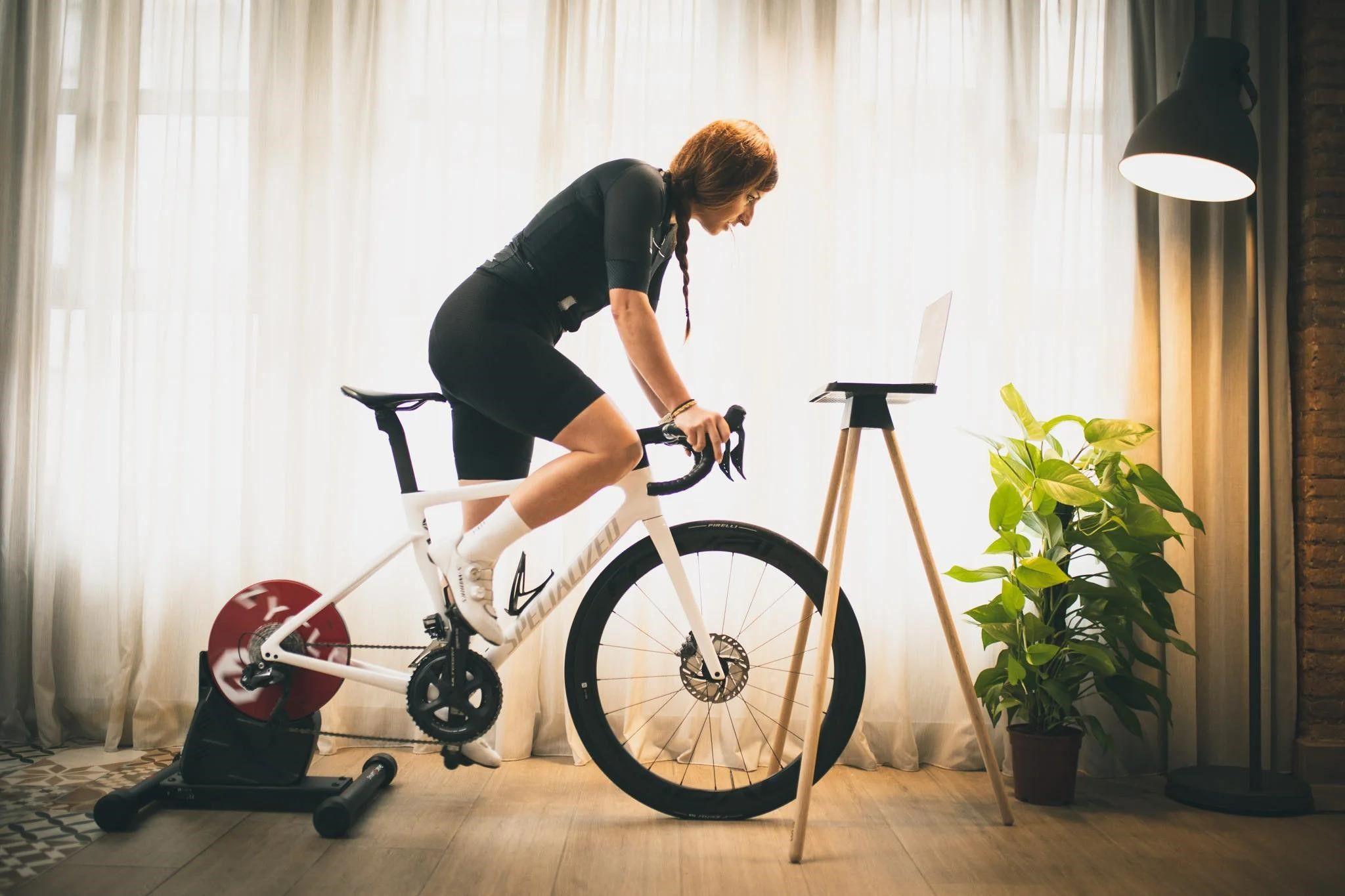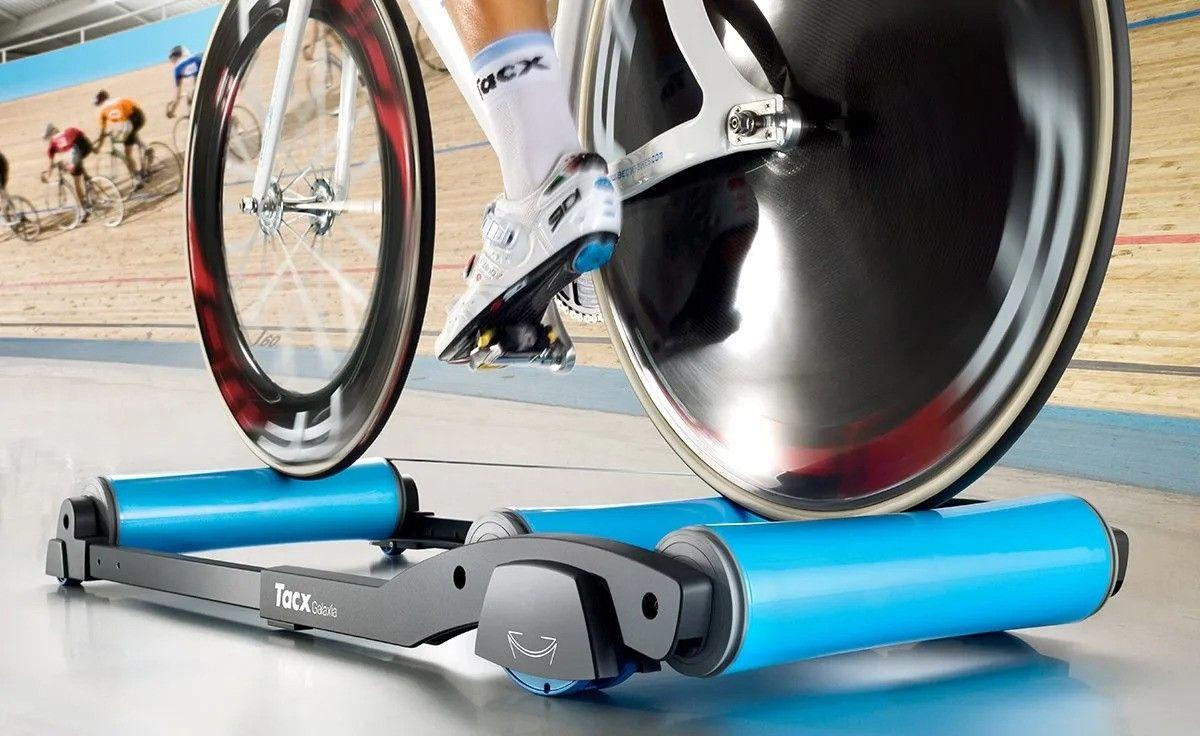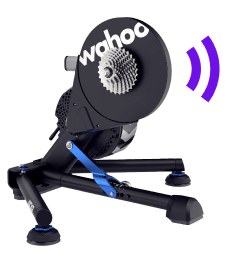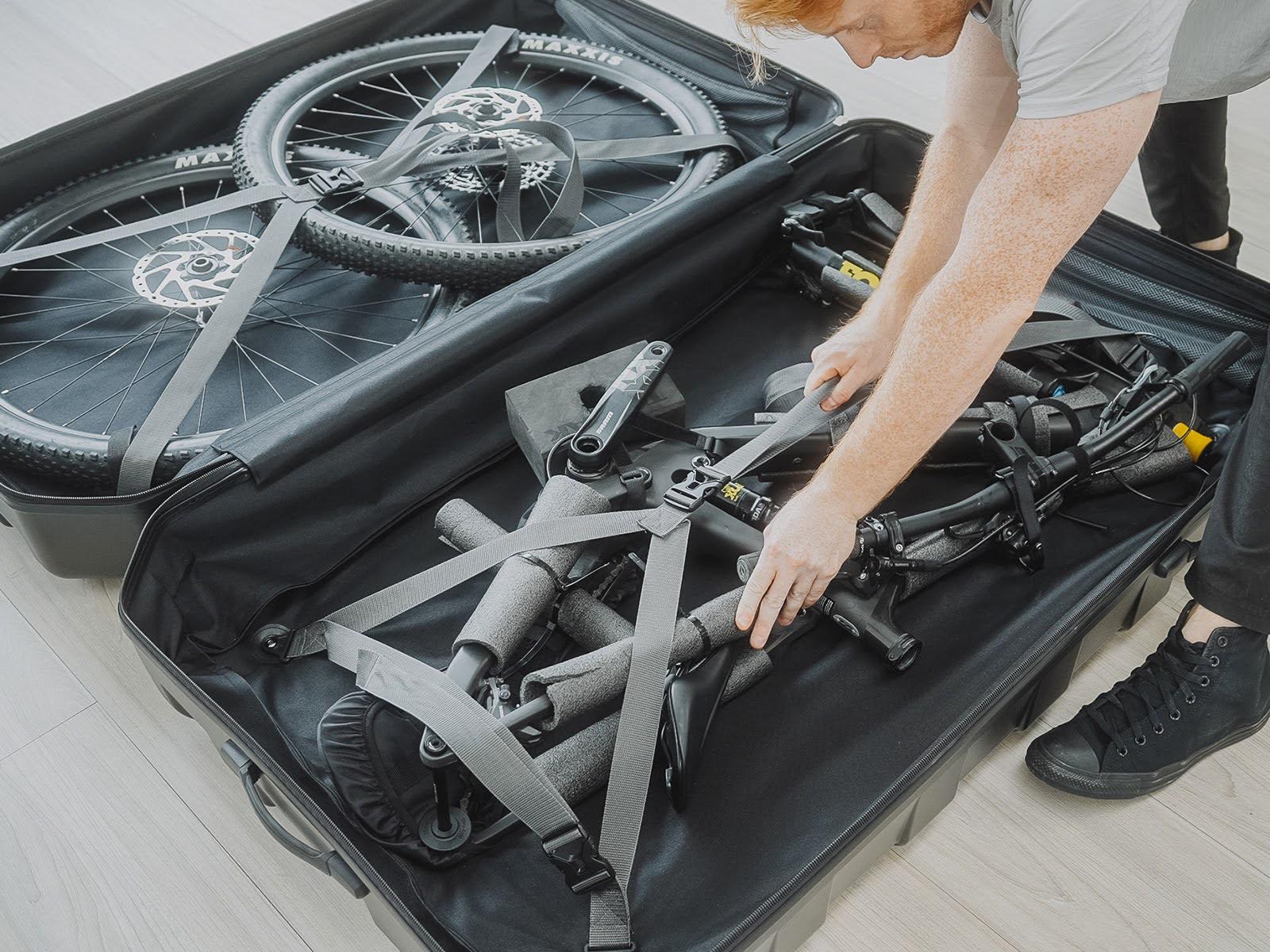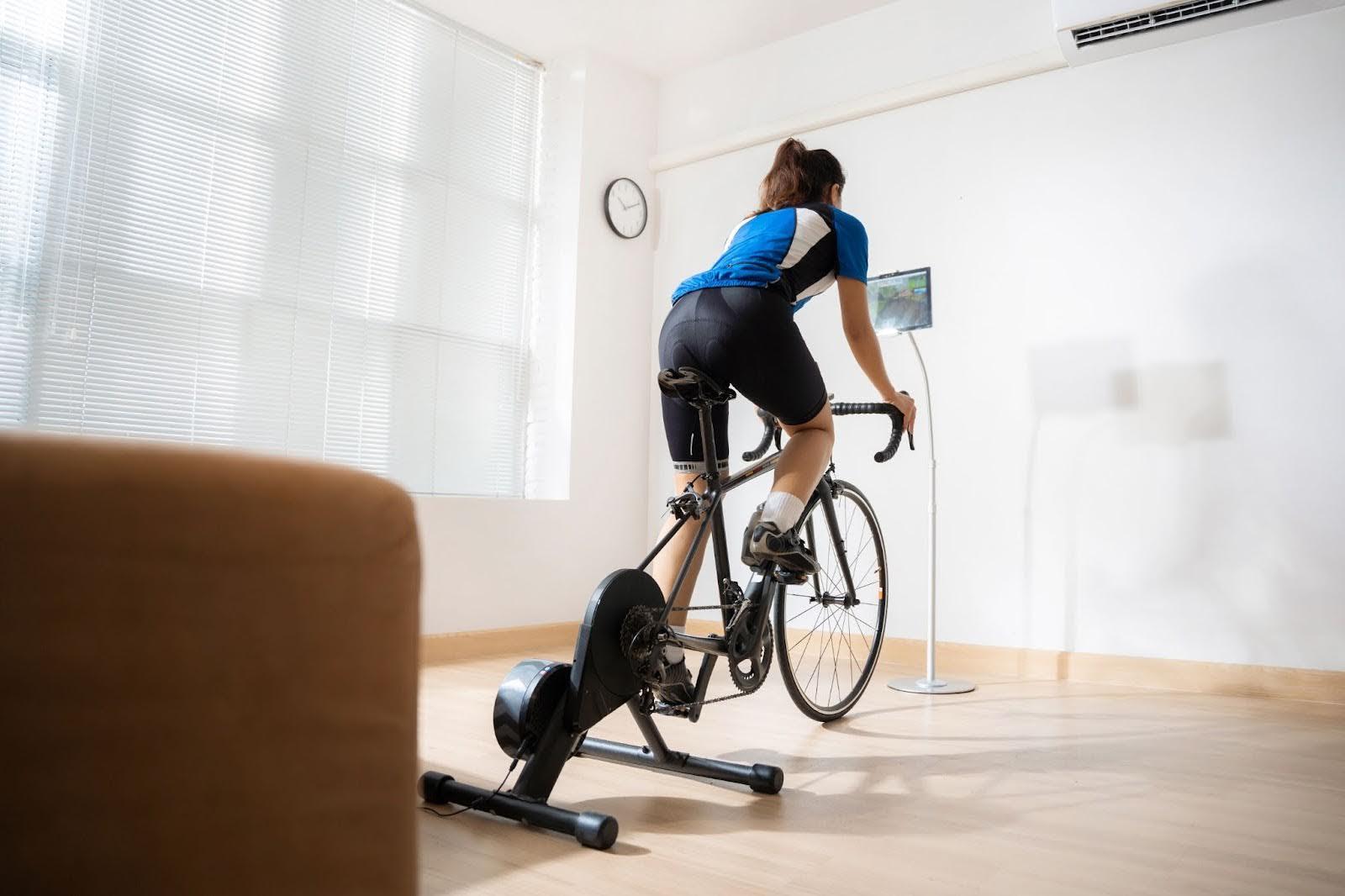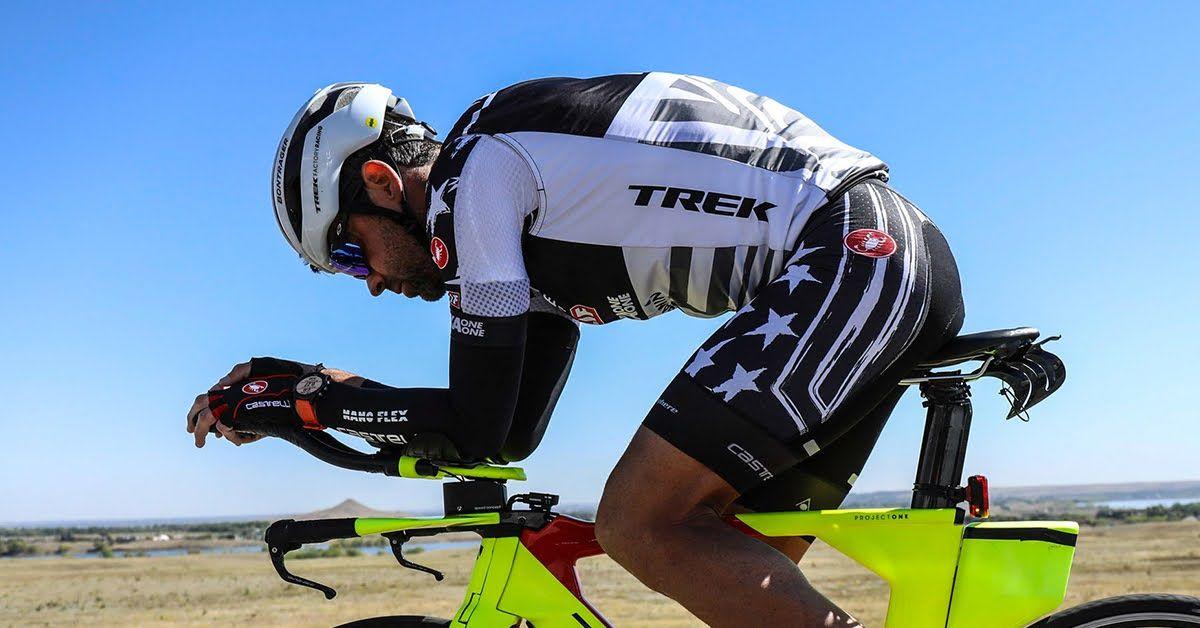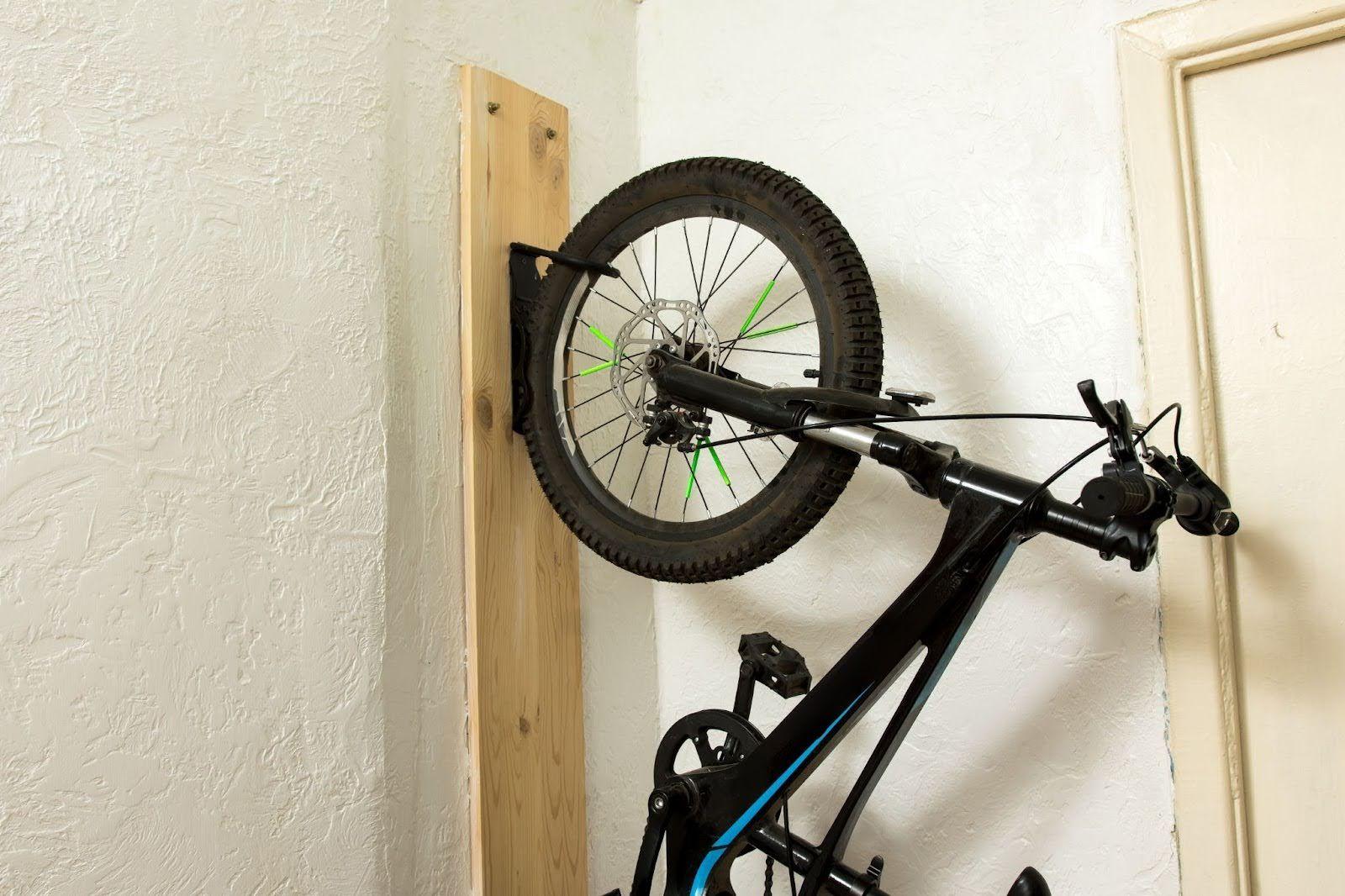
Explore ROUVY's roster of compatible trainers, including Tacx, Elite, Wattbike, ZYCLE, Wahoo, JetBlack, Saris, ACER, Cycplus, Xplova, Magene, Oreka, Thinkrider, Zwift and more.
Before venturing on your journey to choose the perfect indoor trainer, it's essential to start with a clear understanding of your needs and goals. In this section, we'll delve into three key aspects: your skill level, your budget, and the space and portability considerations that will guide you towards the indoor trainer that suits you best.
To kick things off, evaluate your present skill level and your aspirations in the realm of indoor training. Are you a leisurely cyclist just aiming to stay fit, or are you a triathlete in pursuit of peak performance?
Smart vs. Classic Trainers: Which Is Right for You?
When deciding between a smart trainer vs. a classic trainer, understanding their core differences is crucial. A smart trainer connects to cycling apps like ROUVY via Bluetooth or ANT+ and automatically adjusts resistance to match terrain, simulate climbs, or follow structured workouts. In contrast, a classic trainer – also known as a dumb trainer – uses manual resistance settings and lacks interactive features.
Smart trainers offer immersive experiences, precise power measurement, and dynamic training options. They're ideal for cyclists who enjoy virtual riding environments, structured training plans, and real-time performance tracking. However, they tend to be more expensive, with mid-range models starting around $500 and high-end options exceeding $1,000.
Classic trainers are simple, affordable, and great for casual riders or those on tight budgets. However, their lack of connectivity and automatic resistance can make workouts less engaging and data tracking more difficult.
When weighing smart vs dumb trainer choices, consider your goals: If you want motivation, accurate metrics, and realism, go smart. If budget and simplicity matter more, a classic model may suffice. Ultimately, the best choice depends on how you plan to ride indoors and how much you're willing to invest in your training experience.
Trainer Compatibility: Ensuring Your Bike Fits
Before investing in a trainer, it’s vital to understand indoor trainer bike compatibility. Not all bikes fit all trainers, so checking your bike’s specs is essential. First, identify your axle type – most trainers support quick-release skewers, but thru-axles (commonly found on modern road and gravel bikes) may require adapters. Next, confirm your wheel size. It's always wise to consult a bike trainer compatibility guide provided by the manufacturer.
Frame clearance is another key factor, especially for disc brake bikes or those with unusual geometry. Ensure there’s enough space for the trainer’s attachment points without stressing the frame.
If your bike isn’t a perfect fit, don’t worry – most issues can be solved with accessories like axle adapters or cassette changes. A little research and preparation go a long way toward ensuring your trainer setup is safe, stable, and performance-ready.
